The 10 Biggest Dance Stories of 2019
What were the dance moments that defined 2019? The stories that kept us talking, week after week? According to our top-clicked articles of the year, they ranged from explorations of dance medicine and dance history, takedowns of Lara Spencer and companies who still charge dancers to audition, and, of course, our list of expert tips on how to succeed in dance today.
We compiled our 10 biggest hits of the year, and broke down why we think they struck a chord:
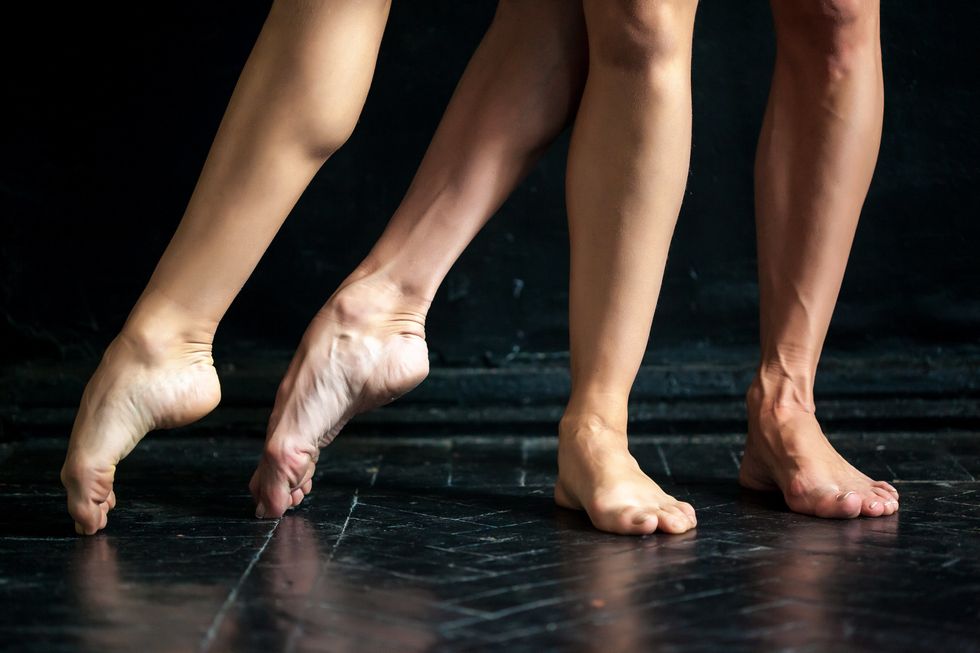
#10: The New Injury Prevention Rules
Dance science has come a long way in the past few decades. Leading the way has been the team at The Australian Ballet, who famously rehabbed American Ballet Theatre principal David Hallberg after his ongoing struggle with injuries.
We asked Dr. Sue Mayes, the company’s principal physiotherapist, about the injury-prevention recommendations she’s developed through years of extensive research
. Her insight—some of it contradictory to what dancers are often told, such as limiting stretching and foam rolling—captured our audience’s attention, showing that dancers are hungry for the most up-to-date information about their bodies.
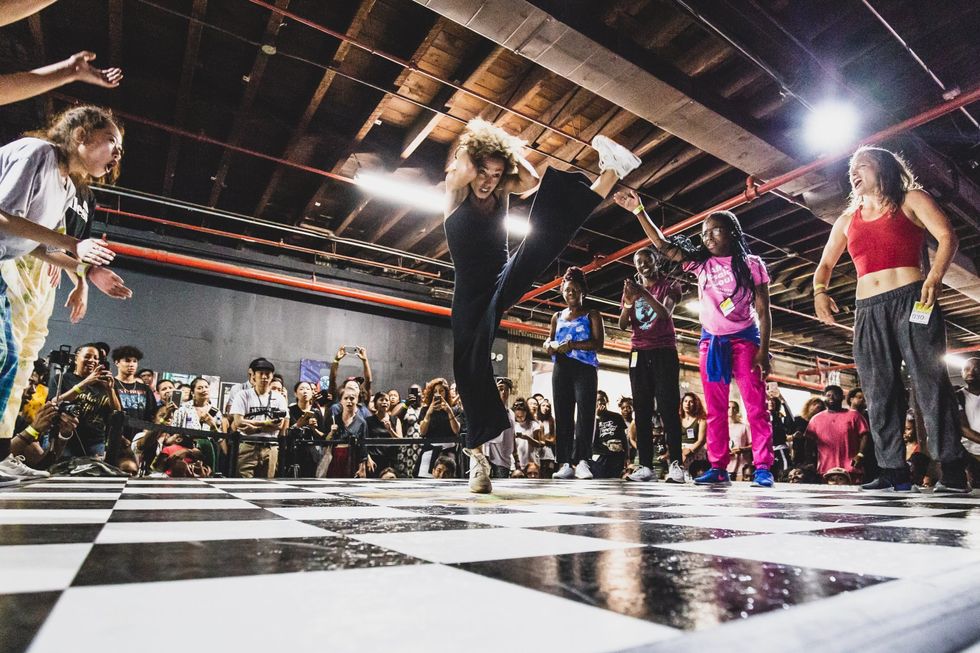
Photo by Loreto Jamlig, Courtesy Ladies of Hip-Hop
#9: At What Point Does Appreciation Become Appropriation?
The dance community is (thankfully) becoming more aware of why it’s harmful to appropriate a culture that doesn’t belong to you. But that doesn’t mean we can’t engage with dance forms from other cultures at all. So what does it look like to do so respectfully? When does appreciation become appropriation?
Writer Brian Schaefer explored that question with the help of a wide variety of dance artists—like Nic Gareiss, an American who performs Irish and Scottish dances, and Ephrat Asherie, a white woman who has made her name as a hip-hop dancer and choreographer.
The question isn’t answered simply, but it’s still worth asking—clearly our readers agree.
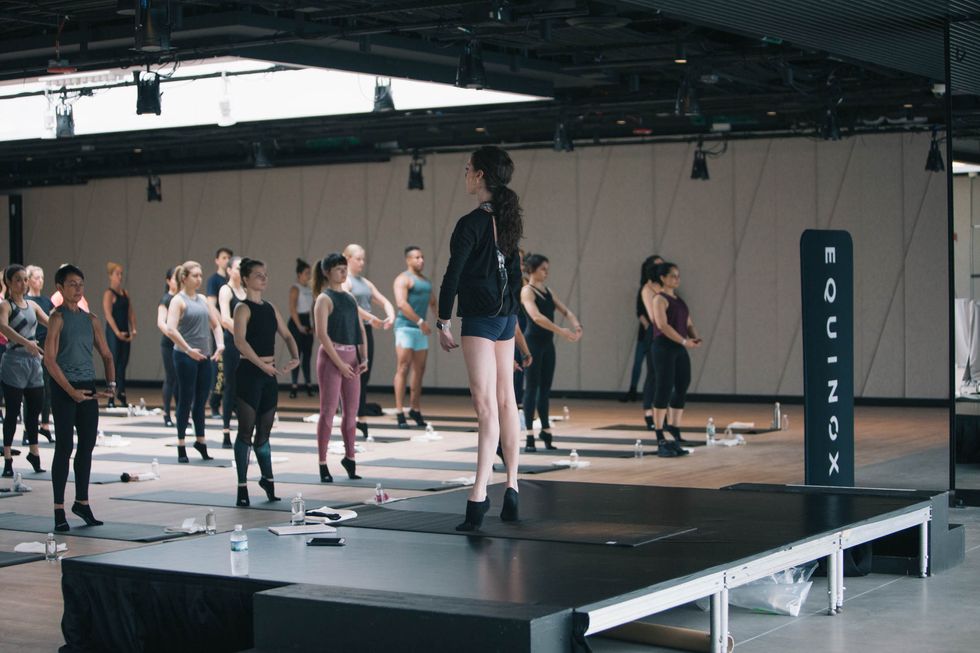
Photo by Will Mayer for Better Half Productions, Courtesy ABT
#8: Get-Fit Tips from an ABT Dancer Who’s Also a Certified Trainer
Dancers (even ballet dancers!) are finally embracing cross-training, after years of silly worries about building “bulk.” Some personal trainers have emerged as go-tos for dance stars. And some dancers have become personal trainers themselves.
We asked ABT dancer and certified personal trainer Kathryn Boren for her best tips
—from strengthening parallel to focusing on your weaknesses to just taking your time. Readers seemed to appreciate her unique perspective as both a professional dancer and a fitness expert.
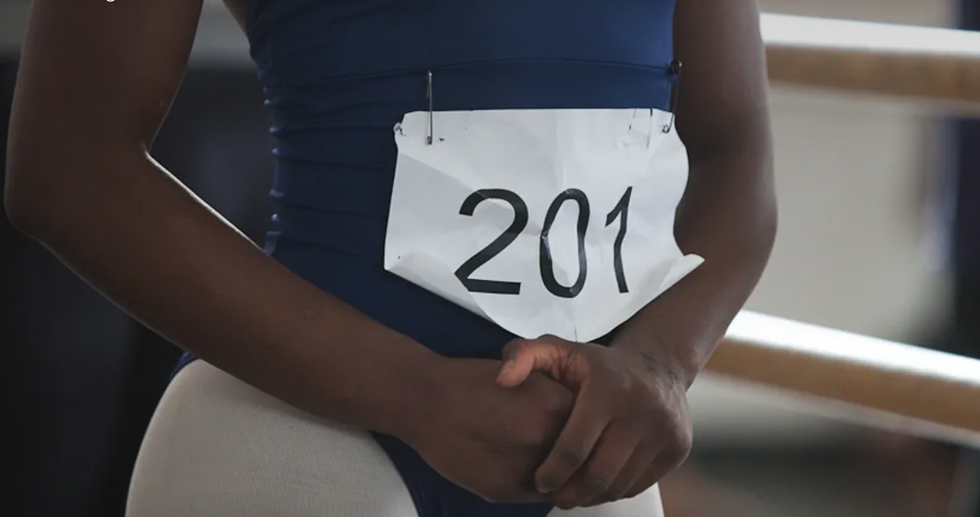
#7: An Open Letter to Artistic and Executive Directors: Stop Making Dancers Pay to Audition
Seriously, why is this still a thing?
As Sara Bibik points out in this letter, there’s no other field where you have to pay to attend a job interview. She also debunks the arguments that auditions are essentially master classes, and that companies are just trying to make up for the expense they incur by holding auditions.
Considering how many times this story was commented on and shared, it’s safe to say that our readers have some feels about this topic—and that many of them agree with Bibik.
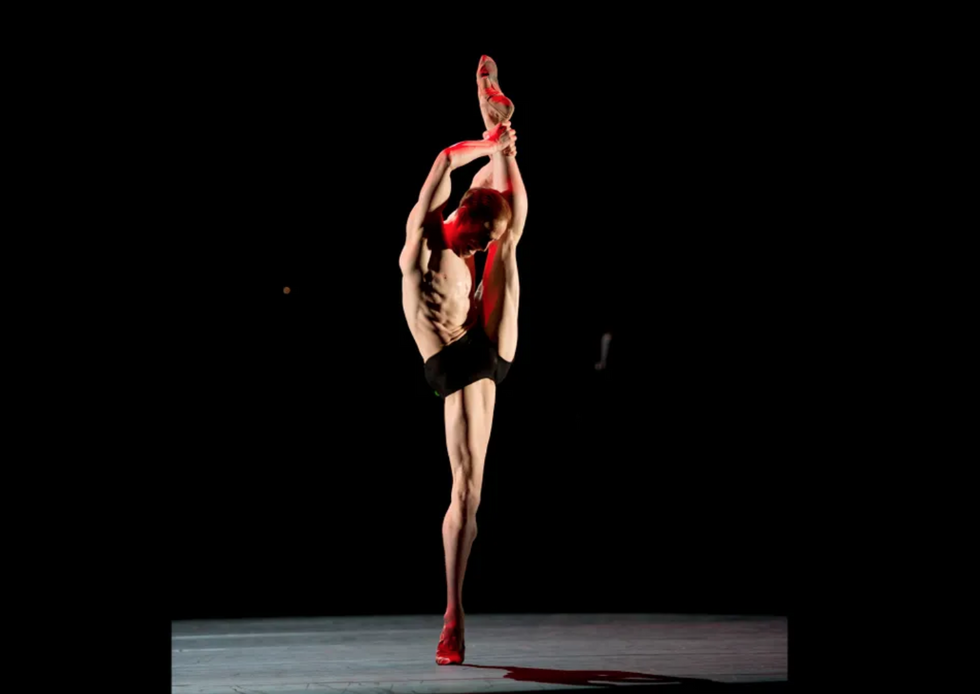
Photo by Bill Cooper, Courtesy Royal Opera House
#6: The Story of How Ballet Legs Got Higher, and Higher, and Higher
Extreme extensions haven’t always been the norm in ballet. In fact, it wasn’t until the 1980s—thanks to dancers like Sylvie Guillem and choreographers like William Forsythe—that it became normal for dancers’ legs to extend past their ears.
Writer Emma Sandall traced the history of high legs in ballet in this fascinating story, and explored the political, anatomical and historical factors that caused legs to rise over the years. The most notable reader response was from former New York Times chief dance critic Alastair Macaulay, who disagreed on some of Sandall’s points and added more context to others.
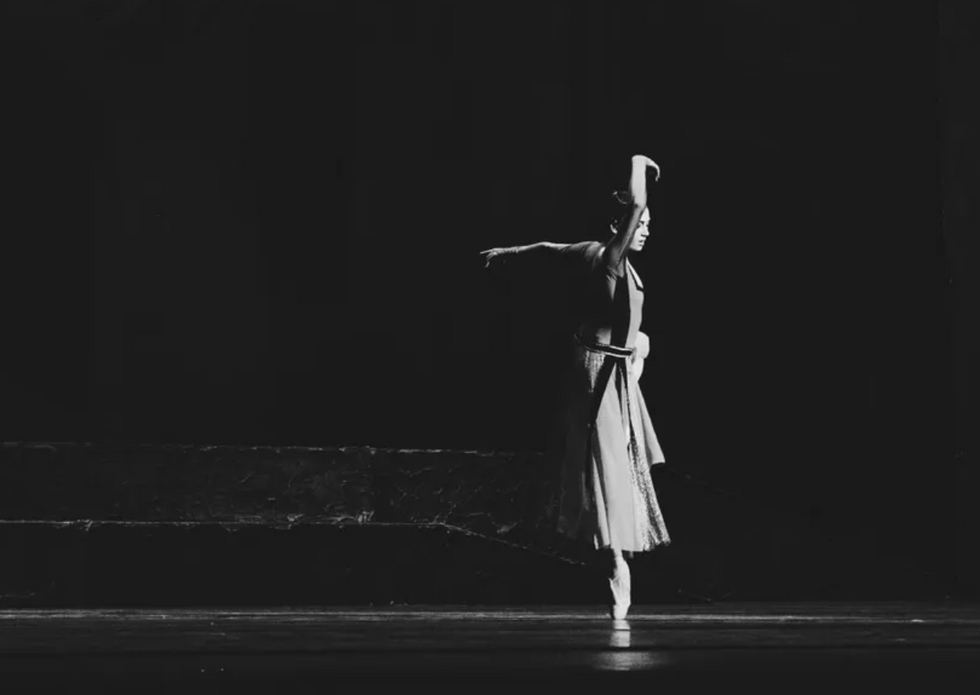
#5: Why Do Dancers Push Through Pain Even When They Know It’s Bad for Them?
We’re all guilty of ignoring twinges, aches and pains. But since dancers today are smarter about their bodies than ever, there’s really no excuse to keep dancing through “bad pain” when we know it only makes things worse.
Writer Kathryn Boland investigated why it is that dancers continue to do this
, finding that our culture often encourages dancers to be “hardcore,” and that dancers’ lack of time and money contributes to unhealthy habits. Unfortunately, many readers on Facebook responded to the question posed by the headline with “because we have to.”
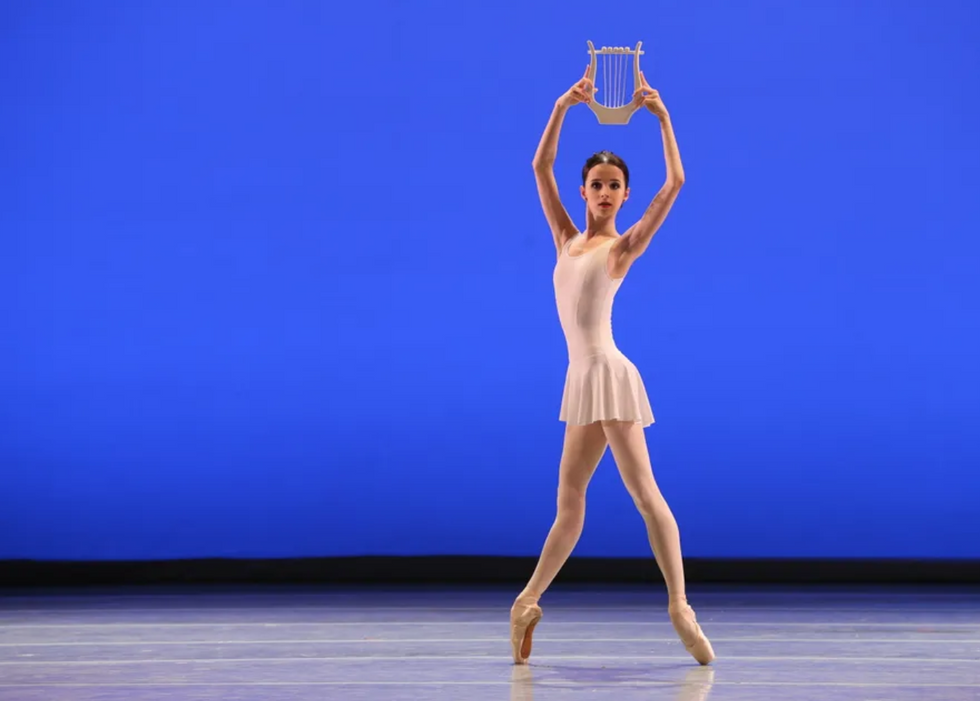
Maria Khoreva in Apollo Natasha Razina, Courtesy State Academic Mariinsky Theatre
#4: The Insta-Ballerina: How Mariinsky Newcomer Maria Khoreva Shot to Stardom
Maria Khoreva, the 18-year-old Mariinsky superstar, has 353,000 Instagram followers. So it’s really no surprise that our cover story on her was one of our most popular of the year.
Writer Laura Cappelle compellingly conveys how Khoreva is more than an Instagram star or a trickster—she’s a bonafide artist, and one who we should all have our eye on.
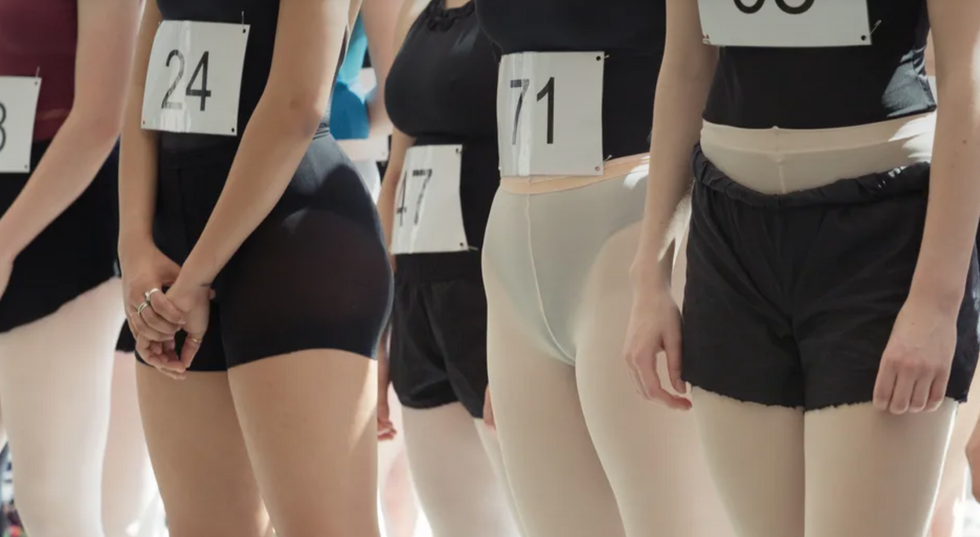
#3: How Do You Succeed in Dance?
Who doesn’t want dance advice from Paloma Herrera, Judith Jamison and Meredith Monk? For this feature, we asked 33 industry leaders—from artists to casting directors to psychologists to stage managers to physical therapists—what it takes to succeed in dance today. Their advice was wide-ranging, and touched on the creative process, sustaining a long career and just being a good human.
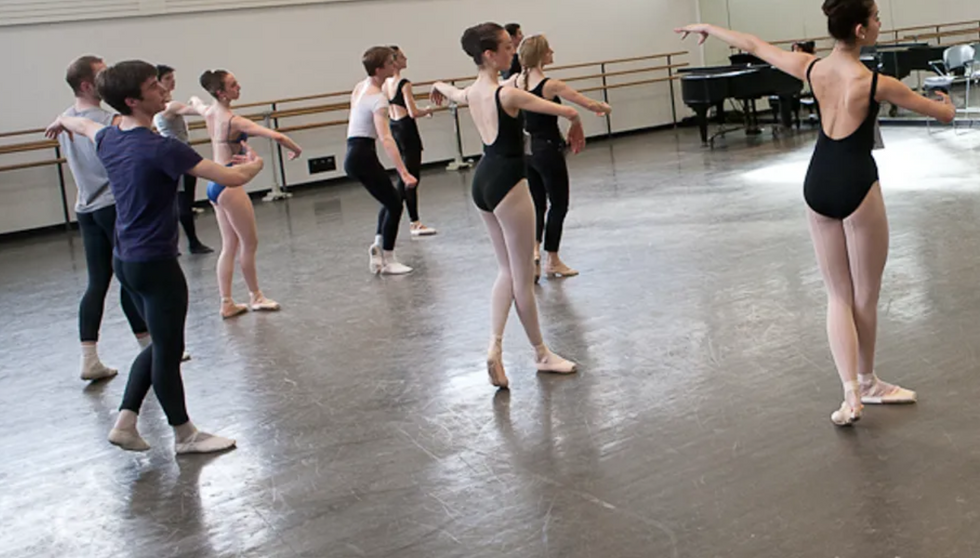
#2: Can’t Pick Up Choreography Quickly? This Might Be Why
Our second most-read story of the year
speaks to a challenge that so many dancers have, and that we probably don’t talk about enough. Speech pathologist and dancer Helene Schwartz recounts her experiences struggling to pick up choreography as a student, and explains how her time working with children who have auditory processing deficits has made her rethink what was actually happening in her brain. She makes the important case that everyone processes information differently, and that we should be teaching movement with that in mind.
#1: “Good Morning America” Thinks It’s Totally Acceptable to Laugh at a 6-Year-Old for Taking Ballet
If you were paying attention this year, you could probably guess what our top-clicked story was. When Lara Spencer made fun of Prince George for taking ballet classes on “Good Morning America,” the dance community rallied together to show the world why she was wrong. Dance Magazine was one of the first outlets to report on the story: Not only was it our most popular of the year, but our most popular of all time.
Even our follow-up post
covering Lara Spencer’s apology and interview with Robert Fairchild, Travis Wall and Fabrice Calmels ended up as one of our most-read of the year.
Let’s hope that 2020 brings more unity and action within the dance community.



